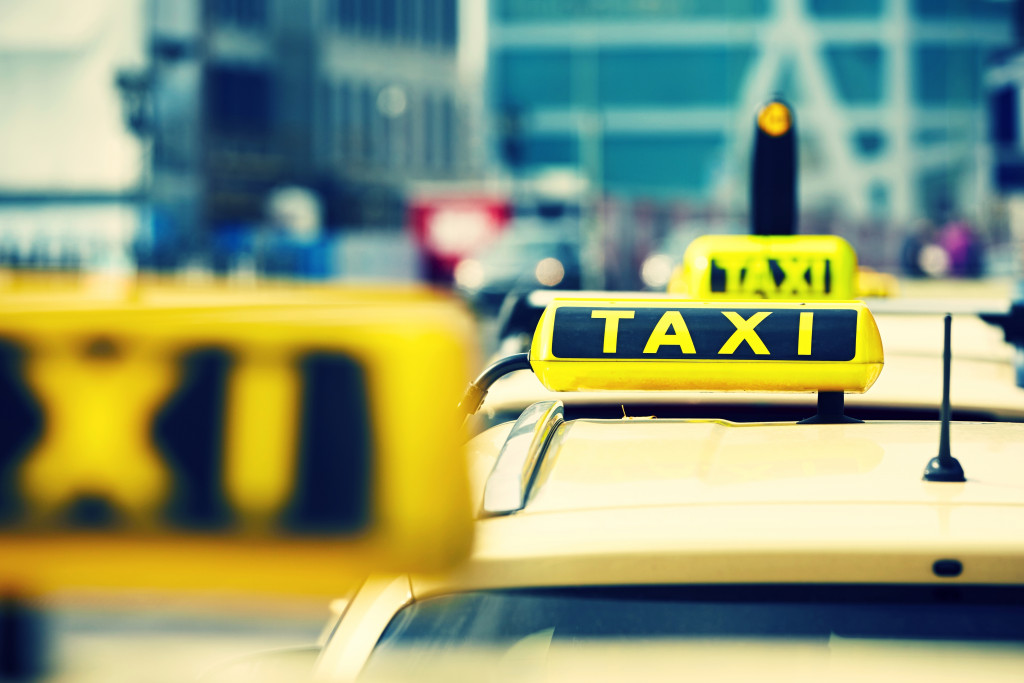In recent years, Singapore has made critical steps in making its public transport affordable and convenient for its citizens and tourists. These include SMRT Corporation, a multi-modal transport company operating train and bus services. The initiatives of SMRT include the installation of guidance systems for people with disabilities, such as barrier-free facilities, wheelchair-accessible toilets, and overhead bridges.
Today, transport operators in Singapore have made a host of improvements accommodate people with mobility issues who have to use public transportation to go to work. To learn more about it, this article will discuss how Singapore has made its public transportation more inclusive and accessible for people with disabilities.
Trains and buses
Trains and public buses are the most affordable mode of transport in Singapore and offer various features to improve accessibility and accommodate people with disabilities. Some commuters pay even less, particularly those who qualified for concession schemes.
Over half of buses around Singapore are accessible by wheelchairs. You can find these buses by looking for a blue passenger-in-wheelchair decal at the bus front. Train stations also have different accessibility features, such as tactile ground surface indicators, lift buttons with Braille plates for visually impaired people, wider fare entrances for wheelchair users, and a route map information system for hearing-impaired commuters.
There’s also a mobile application to identify alternative routes, so you easily arrive at your destination. It offers additional features and travel information to help tourists and commuters explore local places and notifies commuters about lift maintenance at train stations.
Transport operators also provide concession cards to help low-wage passengers afford public transport. Children can travel for free if they are at least 0.9 meter in height and accompanied by a paying commuter. Persons with disabilities have a dedicated card for public transport. They receive a 25% discount when traveling via train or bus. They are also eligible for other subsidy transport schemes. To get the card, people with disabilities who are part of social service agencies (SSA) or attending a special education school can register at TransitLink’s website. Otherwise, they have to apply via SG enable to evaluate their eligibility.
Taxis and rental cars
People with disabilities who cannot take the bus or train for mobility reasons may consider taxis or rental cars for better convenience. The drivers are more than willing to drop you off right at your home. The only drawback is that they can be pricey if you ride them regularly.

There are subsidy schemes for people with disabilities who take the taxi provided if they meet the set of criteria:
- Attends an SG Enable supported school or training course
- Certified by a physician to travel only by taxi
- Lack of motor vehicle
- Unable to ride public transport
The means-test will determine the type of subsidy you will receive, depending on your per capita income, which should be less than $2,800 per month. Another way is to make informal long-term arrangements with taxi drivers if the subsidy application continues.
Personal cars
Owning a private car in Singapore can be expensive since car owners have to cover all the costs of car ownership. If you’re a person with a disability who owns a private car, you should consider suitable modifications to run your vehicle safely and easily.
If you have a medical condition but want to resume driving, you can take the Driving Assessment and Rehabilitation Programme (DARP) after getting your doctor’s referral. A therapist will assess your ability to drive legally and safely.
People with disabilities can also seek formal approval to install car modifications. These modifications vary from scooter lifts, swivel cushions, assist bars, pedal extensions, amputee rings, and hand controls. These assistive devices are available at the Handicaps Welfare Association. Government subsidies do not cover these modifications.
Drivers with impairments can also apply through the Car Park Label Scheme (CPLS). The CPLS is designed for drivers or passengers with mobility challenges that require more space to ride or alight from their vehicle. Once you’re qualified, car park operators will provide you with an accessibility lot that is more spacious than a regular parking lot. Anyone who misuses the handicap lots has to face penalties and fines.
There is no doubt that Singapore has the best public transport system in the world. It’s affordable and convenient and designed to accommodate a wide variety of commuters, such as persons with disabilities and unique mobility needs. This also proves having a disability is not a reason for exploring the wonderful city of Singapore. All these are possible through the help of their comprehensive public transport network.
